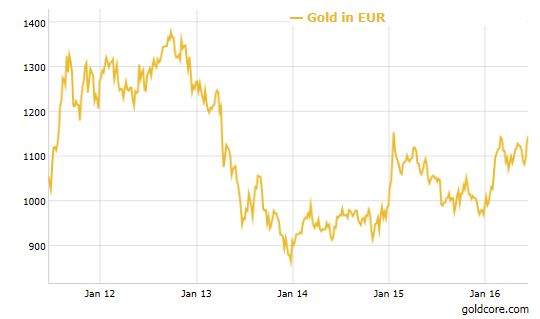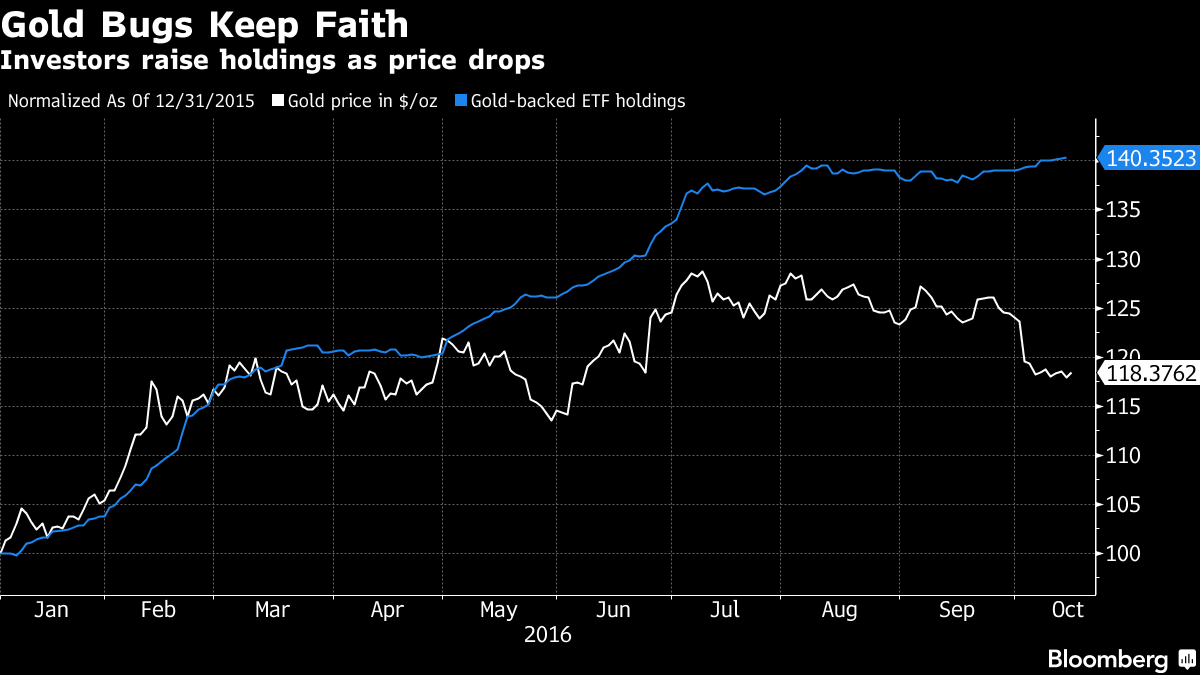2016 was a bad year for hedge funds, pension funds, and university endowments. In fact, the last several years have been horrible. But until now, there haven’t been many alternatives. Hedge Funds became popular for investors who wanted to achieve more than the 4% or 6% offered by traditional managed investments like mutual funds. Although their history evolved from the idea of ‘hedging’ the market (hedge funds could sell AND buy, can you imagine?) this quickly evolved into an asset class where managers employed strategies based on mathematics in order to achieve above than average and above than expected returns. And some private funds such as Renaissance do very well year in and year out – continued to this day. But the majority suffer from strategy fatigue, and failure to bring in a new generation of ‘quants’ that can do anything more than copy, paste, and cold call. If we skip all the Soros bashing about how he manipulates politics (which, on the surface, is not a bad investing strategy if you have the money to do it, and to control both sides – this is a Rothschild invention not a Soros invention) – the Soros family of funds outperformed their peers by a significant multiple. These funds were trading the markets, unlike what some may want us to believe. Some of their policies to ‘influence’ foreign markets (historically, from the 80s) may have been seen as unethical – and it may be. But the returns have always been spectacular. We’ll see soon if Robert can continue the family legacy of great returns – it looks like – yes he can!
But the few examples of extraordinary funds with consistent returns like Renaissance, they’re an anomaly. The industry in general has suffered from poor returns, which when combined with the standard 2/20 fee model – can be disastrous for investors’ confidence. Bloomberg ran a story recently with verbage such as "The year Big Money ditched Hedge Funds:
“There has been a massive blowback from public pension funds and private endowments,’’ said Craig Effron, who co-founded his Scoggin Capital Management nearly 30 years ago. An investor told him recently that many chief investment officers are so fed up that they would prefer to entrust their cash to a trader who charged no management fee, over one who did, even if they expected the latter to make them more money.Public retirement plans from Kentucky to New York, New Jersey and Rhode Island have decided to pull money from hedge funds. So did a state university in Maryland and other endowments. MetLife Inc. and other insurers followed suit. Money-losing firms were forced to reduce their fees. Client withdrawals ($53 billion in the last four quarters) drove some managers out of business, including veteran Richard Perry, who until recently had managed one of the longest-standing and better-performing firms.
It's not surprising that investors - especially institutional investors, are abandoning such strategies. As they say in trading, 'you're only as good as your last trade.' According to Barclay Hedge Fund Data, 2016 is a little better than 2015, but not much:

4.89% is a good return, but it's not much better than you can acheive with traditional mutual funds or tax free munis. Certainly it's not a compelling reason to drain your IRA from the markets and invest with hedge funds. But, this is just an average, there are strategies out there that overperform this index, such as this one.
In the Pension Fund world, Calpers which is a head above its peers, hemorrhaged more than $30 Billion in losses due to poor strategy management:
The California Public Employee Retirement System (CalPERS) is about to report the world’s largest public employee pension suffered an actuarial investment loss of $30.8 billion last year.CalPERS manages the defined pension plan investments and record keeping for 3,007 California state and local government entities. The pension plan is also responsible for paying the pension benefits to 611,078 retirees and will eventually be responsible for paying retirement benefits to another 868,713 active and 335,908 inactive government workers.Despite Governor Jerry Brown last summer demanding CalPERS immediately “lower its investment risk and volatility of returns” by reducing its “assumed” annual investment return from 7.5 percent to 6.5 percent, the CalPERS board voted 7- 3 on November 15, 2015 only to slowly reduce the investment return expectation over the next decade.
Practically, the slow death of the hedge fund industry is merely a milestone in its evolution. Just like robotic strategies are now replacing traditional managers with a suit and tie, the structure of investments is evolving, too. Hedge Funds aren't going to go away anytime soon, but how they are structured, how the fees are charged, and the strategies that they use, will rapidly change in 2017. For example, some strategies such as managed accounts have a fee structure that charges only a percentage of profit, called 'performance fee' - with no other fees. See one example the Magic FX strategy, for QEP/ECP US investors only - which charges a 30% performance fee from the profit. In this model, if the strategy doesn't perform for investors, there is no fee. This type of pay for performance model has been around for years, but will become more useful in a climate of diminishing returns and investors angry at paying fees for getting no results or even losing money. It really is crazy, why investors should pay managers millions of dollars for losing money - it just shows how programmed investors are by traditional media, as we explain in Splitting Pennies the book.
While clients have only pulled a net 2 percent of assets so far, Tony James, the president at Blackstone Group, the largest investor in hedge funds, predicted in May that the industry would shrink by roughly a quarter over the next year. Hedge fund closures (782 in the first nine months) are on track to be the most since 2008, and startups (576) the fewest.Any manager still standing applauds a smaller industry. Less money under management means fewer crowded trades and more chances to find the elusive alpha. Interest rates on the rise in the U.S., while still near zero or negative in the rest of the world, should also help. The Trump presidency, which promises less regulation, more infrastructure spending and the potential return of prop trading by banks, could also be a boon.
Where will the assets go? The alternative investment industry is large - institutional funds, pension funds, hedge funds, are but a small part. According to Barclay Hedge, there are 342 Billion in Managed Futures:

And, although the change from Q2 to Q3 of 2016 is a small percentage of @ $9 Billion, it is a positive figure, and shows that managed futures is one place funds are flowing into. CTAs, CPOs, and other types of managed investments that have a track record should all benefit from the poor performance of traditional managers, especially those which don't charge a management fee. But in any scenario, investors only started to loathe the management fees when performance suffered. When performance is good - who doesn't mind paying for it?
And finally - it may shed light on the still standing FX manager industry. While these hedge funds have suffered volatile returns, losses, and fee congestion - some FX managers have continued to perform year in and year out with the use of complex algorithms, that work in FX but not in other markets. Now may be the time for institutional investors to take another look at such algorithmic FX strategies.
Here's a list of books to add to your bookshelf to enlighten yourself.





 Gold in Euros - 5 Years
Gold in Euros - 5 Years
